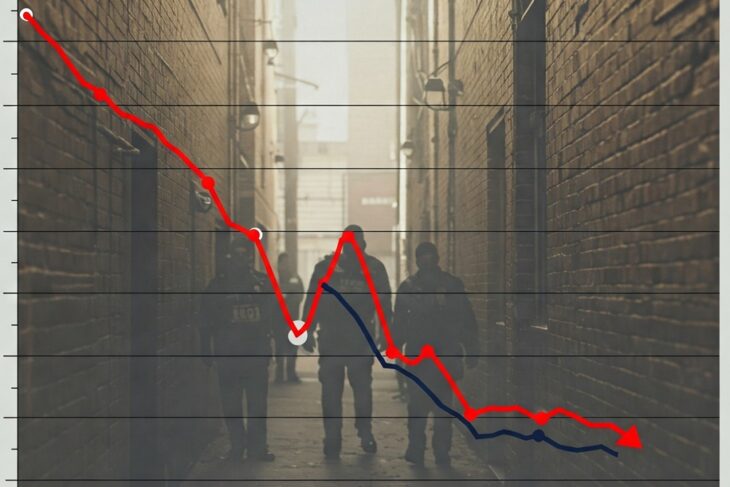
We are all feeling the pinch!
At the gas pumps, the supermarket, in our utility bills …you name it! And the scenario is shaping up to get worse. The psychological relief that came with the dismantling of the relevant Provisions under 2020 Disaster Risk Management Act was short-lived, as we quickly realized that we had to do massive adjustments in an attempt to regain our “Pre-COVID” way of life. Even so, this target appears to be getting further and further away. Our supply chains, and sadly, our food security, continue to be impacted by the Russian onslaught on Ukraine, perennial thrashing of our countries due to global warming, flare up of old diseases, and emergence of new ones. To be food secure, all persons need to have both physical and economic access to sufficient, safe and nutritious food to meet their dietary needs and food preferences for an active and healthy life. Attaining food security has always been a challenge for the less developed countries but this has become more than a bit overwhelming in recent years. But tackle we must! The bedfellows of food insecurity include loss of productivity and under performance, heightened propensity for crime & social unrest, and the increased incidence of diseases (especially non-communicable diseases).
Food Insecurity
The data is in. Food Insecurity is at an all-time high. As a matter of fact, Food Insecurity in Jamaica post COVID, has almost doubled the 2020 projections made (for Jamaica) by the United States Department of Agriculture Economic Research Service (USDA ERS). The experts have indicated that the drivers of food insecurity include rising demand for food, climate change, natural resource availability, a lack of public and private investment in infrastructure, and research and development in the agricultural sector. These are all areas which resonate for us.
Eating the elephant
One can consider the proverbial elephant as Food Insecurity. The challenge is how to make meaningful progress in reducing food insecurity in the face of external factors that just keep coming at us. Experience has provided some valuable insights to bear in mind. We therefore understand that enabling policies and regulations are required to set the framework for implementing actions on the ground. Additionally, inter-ministerial engagement from the get-go assures mutual benefits to all concerned. Finally, as with any complex problem, breaking it down into discrete manageable parts often provide a path to its solution. Access to nutritious food is one prerequisite of Food Security. Alert! Access goes far beyond physical or even economic access. Access also involves having the knowledge to make sound decisions regarding the food we eat. This presents an excellent opportunity to focus our attention, considering that unhealthy diets and the resulting malnutrition are major drivers of non-communicable diseases (NCDs) around the world. Initiatives designed to improve access to nutritious food can therefore provide a multiplier effect, far beyond food insecurity.
NCDs
World Health Organization’s pronouncement that over 70% of deaths globally are due to Non Communicable Diseases (NCDs), is shocking, and even more disturbing is that over one third of deaths from NCDs occurs in the most productive group of our populations (Age 30 – 69). The majority of us either know someone, or are ourselves suffering from a NCD – Hypertension and Diabetes being the common culprits. The 2021 Global Nutrition Report indicates that Jamaica is lagging in achieving diet related NCD & obesity targets. It is bad enough that almost 37% of Jamaican women are obese, but what is of even more concern is the increasing incidence of obesity in children and adolescents 5 years old to 19 years old (up from 5% in 2000 to 15% in 2019!). While you think of the implications of this, note that a 2021 study conducted locally indicated that 80% of persons between the ages of 12 and 71 gained weight since COVID (Unfortunately…many of us can corroborate this from firsthand knowledge). Since unhealthy diets have been shown to be linked to the incidence of NCDs, interventions being considered would necessarily have to focus on what we eat as consumers. Any gains made in this area stand to trigger will likely catalyze a cascading effect, thereby improving our health, productivity and ultimately our food security.
Heart Foundation taking one bite
That is why credit should go to the Heart Foundation of Jamaica that has been strident in their call for Front of Package Labelling (FOP Labelling). Executive Director Deborah Chen is the new “Rock Star” as far as I am concerned. She and her team have prepared essential information in manageable bite-size pieces, explaining, and rationalizing the urgency of FOP labelling. Such an initiative will not only improve public awareness of the content of packaged food being purchased and consumed but will also arm us with the information that will help us make the right decision as individuals. Of course, a hidden message encourages consumers to eat more fresh foods. The mantra “Eat what you grow and grow what you eat” has been around for decades, and hopefully with the significant public education campaign that is now underway, this message will be reinforced. The heightened mindfulness of the ills of salt, sugar, saturated fats and trans fats must be also reflected in our own food preparation practices in the home. Yes, we have come full circle…right back to the consumer. Marketers recognize that “Consumer is King”, and design marketing and promotional strategies for products and services with this reality. The Front of Package Label is a small but key tool which reminds us that as consumers we wield the power of choice which can benefit our own health, wellness, and food security. So – let’s use it!



